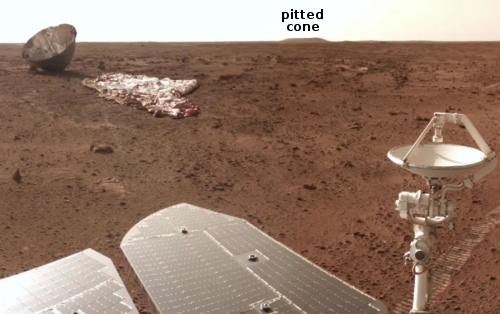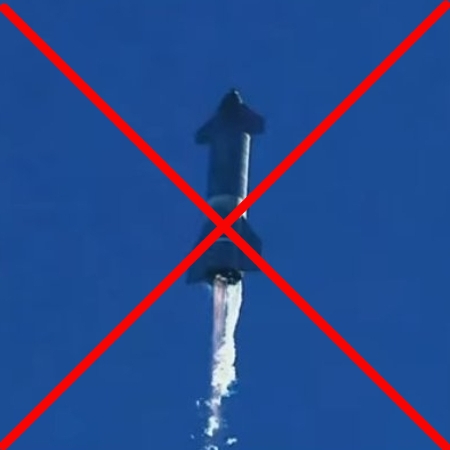China test flies reusable suborbital spacecraft
The new colonial movement: China’s state-run press today announced that it had recently flown and landed a new reusable suborbital spacecraft. Here’s their full release:
A reusable suborbital carrier landed stably at an airport in Alxa League in north China’s Inner Mongolia Autonomous Region during a flight demonstration and verification project on Friday.
Earlier on Friday, the carrier was launched from the Jiuquan Satellite Launch Center in northwest China’s Gobi Desert. Its first flight mission was a complete success.
Developed by the China Aerospace Science and Technology Corporation, the reusable suborbital carrier can be used in the space transport system.
The success of the flight has laid a solid foundation for the development of China’s reusable space transportation. Enditem
The release provided no further information. It also provided no images.
This could very much be a real thing, but it also could be entirely fake. The timing of such a factual-devoid press release, coming as it does between two different American commercial suborbital flights, suggests the Chinese government does not want to appear left out, and is claiming, without producing any evidence, that it too has a reusable suborbital spacecraft.
If this release is fake, it also does not mean that China does not have such a spacecraft in development. In fact, it almost certainly does. Like the Soviet Union, China’s state-controlled press has a tendency to exaggerate their achievements for propaganda reasons. But like the Soviet Union, China is careful to base the exaggerations on actual achievements or plans, no matter how tentative.
Based on this, I suspect that what this release tells us is that China’s government is building such a thing, but might not have actually flown it yet. If they have as the press release claims, then expect some images in the next week or so.
The new colonial movement: China’s state-run press today announced that it had recently flown and landed a new reusable suborbital spacecraft. Here’s their full release:
A reusable suborbital carrier landed stably at an airport in Alxa League in north China’s Inner Mongolia Autonomous Region during a flight demonstration and verification project on Friday.
Earlier on Friday, the carrier was launched from the Jiuquan Satellite Launch Center in northwest China’s Gobi Desert. Its first flight mission was a complete success.
Developed by the China Aerospace Science and Technology Corporation, the reusable suborbital carrier can be used in the space transport system.
The success of the flight has laid a solid foundation for the development of China’s reusable space transportation. Enditem
The release provided no further information. It also provided no images.
This could very much be a real thing, but it also could be entirely fake. The timing of such a factual-devoid press release, coming as it does between two different American commercial suborbital flights, suggests the Chinese government does not want to appear left out, and is claiming, without producing any evidence, that it too has a reusable suborbital spacecraft.
If this release is fake, it also does not mean that China does not have such a spacecraft in development. In fact, it almost certainly does. Like the Soviet Union, China’s state-controlled press has a tendency to exaggerate their achievements for propaganda reasons. But like the Soviet Union, China is careful to base the exaggerations on actual achievements or plans, no matter how tentative.
Based on this, I suspect that what this release tells us is that China’s government is building such a thing, but might not have actually flown it yet. If they have as the press release claims, then expect some images in the next week or so.










